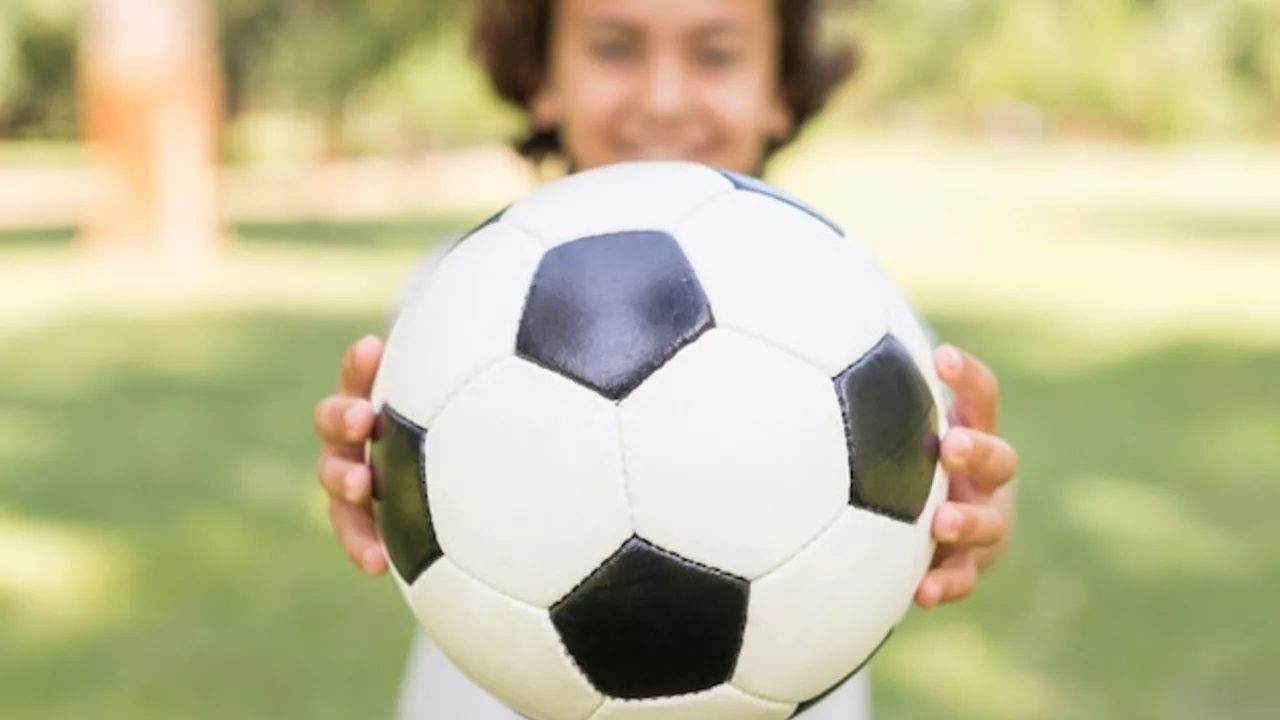Understanding the Bounce of a Soccer Ball
Before we delve into stopping a soccer ball from bouncing, we need to first understand the mechanics behind the bounce. When a soccer ball hits the ground, the force of the impact compresses the ball, storing potential energy. Once the ball stops compressing, this energy is released, causing the ball to bounce back up. This is similar to how a spring works. A harder surface or more inflated ball will lead to a higher bounce because more energy is stored and released. On the other hand, a softer surface or less inflated ball will result in a lower bounce due to less energy being stored and released.
The bounce of a soccer ball can be influenced by a number of factors, including the material and design of the ball, the inflation pressure, the angle at which the ball hits the ground, and the type of surface it bounces on. For example, a ball will bounce higher on a hard, concrete surface than on a soft, grassy field.
Perfecting Your Ball Control Skills
One of the best ways to stop a soccer ball from bouncing is to improve your ball control skills. When the ball comes towards you, use the inside of your foot to cushion the ball, controlling its momentum and stopping it from bouncing. This technique is often referred to as "trapping" the ball. Trapping the ball requires good timing and foot-eye coordination. It's not as easy as it sounds, but with practice, you can master it.
Another technique for stopping a bouncing ball is to use your body. When the ball is in the air, position your body between the ball and the ground. As the ball comes down, use your chest, thigh, or foot to control the ball and reduce its bounce. Again, practice is key to mastering these techniques.
The Influence of Ball Inflation
As mentioned earlier, the inflation pressure of a soccer ball can significantly affect its bounce. A fully inflated ball will bounce higher and faster than a partially inflated one. Therefore, if you want to reduce the bounce of a ball, you could consider lowering its inflation pressure. However, keep in mind that this can also affect other aspects of the ball's performance, such as its speed and accuracy.
According to FIFA regulations, a soccer ball should be inflated to a pressure between 8.5 and 15.6 psi (pounds per square inch). If you're playing a casual game and want to reduce the ball's bounce, you could try inflating it to the lower end of this range. But remember, a poorly inflated ball can also be harder to control and can lead to unpredictable bounces.
Choosing the Right Playing Surface
The type of surface you're playing on can greatly impact the bounce of a soccer ball. Hard surfaces like concrete or artificial turf will cause the ball to bounce higher and faster. On the other hand, softer surfaces like grass or sand will absorb more of the ball's energy, resulting in a lower and slower bounce.
If you want to reduce the bounce of a soccer ball, try playing on a softer surface. For example, if you're playing a casual game in your backyard, you might choose to play on the grass rather than on the driveway. However, keep in mind that softer surfaces can also make the ball more difficult to control, as it can slow down or change direction unexpectedly.
Modifying the Ball's Design
Lastly, the design of a soccer ball can also influence its bounce. Most soccer balls are made of synthetic leather panels that are stitched together and inflated. The size, shape, and arrangement of these panels can affect how the ball bounces. For example, a ball with larger, fewer panels will typically bounce higher and faster than one with smaller, more numerous panels.
While you may not be able to modify the design of a soccer ball, you can choose a ball that is designed to have a lower bounce. For example, some manufacturers produce "low bounce" balls that are designed for use on hard surfaces or indoor play. These balls typically have a special design or are made of softer materials to reduce their bounce.
